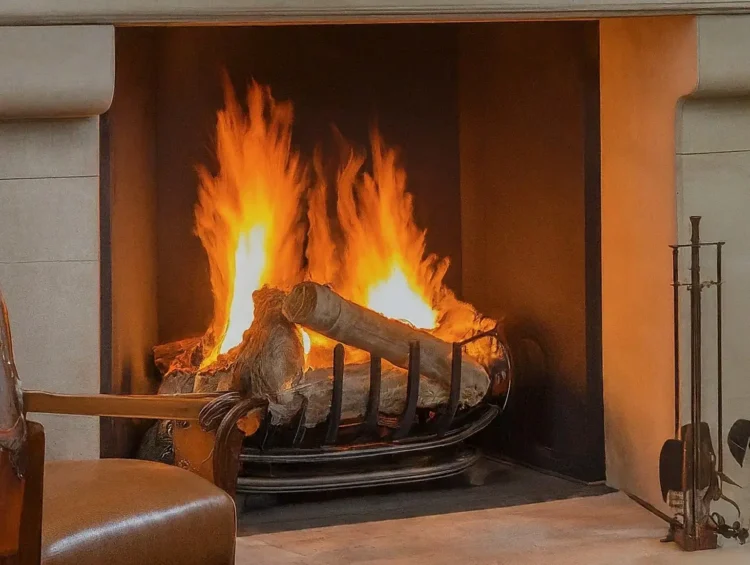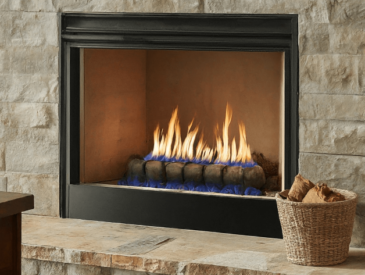Gas fireplaces offer convenience and aesthetics, but can you burn real wood in them? This article explores the potential dangers and consequences of attempting to use natural wood in a gas fireplace.
Learn why it’s crucial to stick to the intended fuel source for your fireplace and discover safe alternatives.
Why You Shouldn’t Burn Real Wood in a Gas Fireplace:
Gas fireplaces are specifically designed to operate on gas, not wood. Attempting to burn wood in a gas fireplace can lead to safety hazards, property damage, and even combustion risks within the gas pipes.
While wood fires can reach higher temperatures, a gas fireplace provides a hassle-free alternative for those seeking the ambiance of a traditional fireplace without maintenance.
The Risks of Burning Wood in a Gas Fireplace:
Heat Levels: Gas fireplaces are not equipped to handle the intense heat generated by burning wood, potentially causing damage to the unit’s components.
Disruption of Logs and Coals: Placing real wood in a gas fireplace can disrupt the arrangement of ceramic logs and coals, posing a safety concern.
Ash Accumulation: Gas fireplaces lack the infrastructure to manage ash buildup, which is a natural byproduct of burning wood.
Ventilation Issues: Burning wood in a gas fireplace may overload the ventilation system, leading to smoke entering your home rather than exiting through the chimney or flue.
Consequences of Burning Wood in a Gas Fireplace:
Trying to burn wood in a gas fireplace can lead to soot and creosote buildup, creating a serious fire hazard. Cleaning up ashes from a gas fireplace, usually sealed with a glass wall, can be challenging and time-consuming.
The Importance of Using the Right Fuel:
For safe and efficient operation, it’s best to use artificial logs or consider an electric fireplace as an alternative.
Artificial logs produce minimal pollution, making them a healthier option. Burning wood in a gas fireplace risks generating dangerous gases like carbon monoxide, posing a significant health threat.
Avoiding Hazards and Ensuring Safety:

- Risk of Smoke and Poison Gas Emissions: Burning wood in a gas fireplace without a vented gas log set with a realistic flame presentation can lead to hazardous emissions.
- House Fire Hazard: The buildup of creosote and ash from burning wood in a gas fireplace increases the risk of a serious house fire.
Potential Fireplace Damage: Burning wood in gas fireplaces can subject them to high temperatures beyond their design limits, potentially causing internal damage.
Risk of Explosion: Increased heat levels from burning wood in a gas fireplace could lead to combustion, posing an explosion risk due to the connection to a gas source or pipe.
Choosing Between Gas Fireplace Logs and Real Firewood Logs:
Gas fireplace logs, crafted from synthetic materials such as ceramic fiber or refractory cement, are convenient and smoke-free.
Real firewood logs, on the other hand, are natural and emit more heat. The choice depends on your specific preferences and requirements.
It’s crucial to understand the risks of burning real wood in a gas fireplace to maintain a safe and functional heating system.





